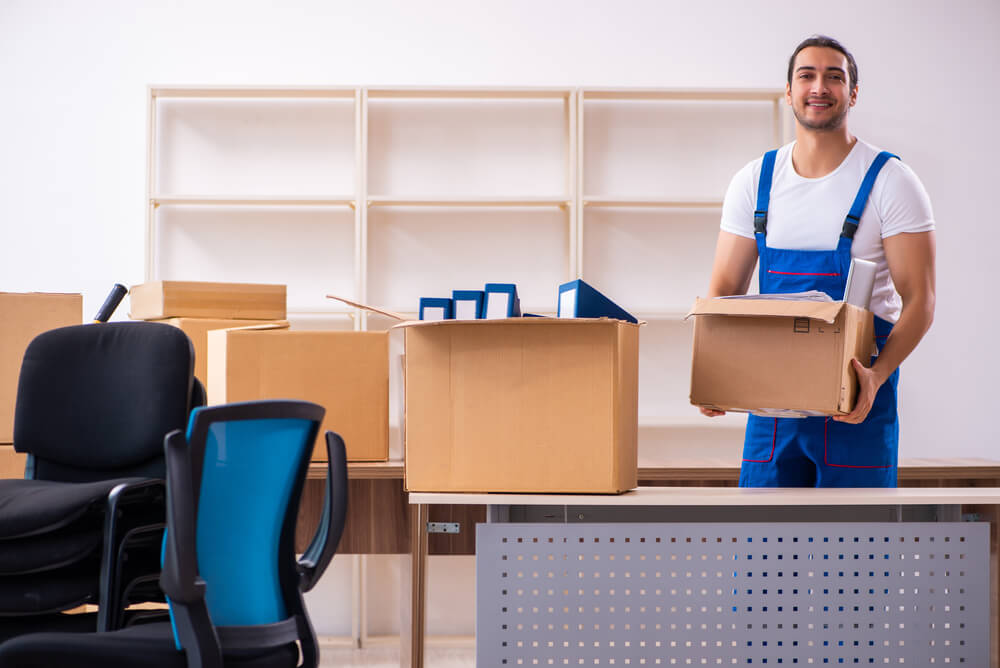Marriage and Family Therapy, also known as family and couple’s therapy, marriage counseling, family therapy and couple’s therapy, family and intimate relationships therapy, and intimate relations therapy, are an area of psychotherapy that works with couples and families in intimate relationships. Marriage and Family Therapy can be described as the study and practice of relationship issues and their effect on the marriage relationship.
Relationships are defined by their intimacy is associated with emotional and spiritual bonding. Couples in marriage or in any committed relationship strive for this intimacy in their relationship, as a result of which they create a strong bond and have more emotional and spiritual ties than other people. When this relationship is broken, there will be several difficulties. If the relationship of the two people is healthy, both parties enjoy each other’s company and share a lot of emotional and spiritual attachment towards one another.
However, it should be noted that marriage and couple’s therapy have its own set of problems. When a couple starts to fall apart due to problems related to their marriage, couples, and families often feel deeply troubled and have problems trying to understand what happened to the relationship. The relationship of these couples usually ends because they are not able to get to know each other and are not able to share a close relationship.
Psychologists also believe that having a family relationship is very important. It is the only way through which one can develop emotionally and spiritually. This connection strengthens families by providing opportunities for family members to share their feelings, emotions, and experiences, especially when problems arise within the family. This also helps parents help their children to resolve their personal problems. A good relationship between the parents and children also develops in families.
A healthy relationship between a spouse and his/her partner has several advantages. There is no need to hide their feelings because marriage counseling focuses on communication and openness rather than confidentiality, because in a marriage counseling session, spouses share their experiences and feelings. Moreover, marriage counselors encourage their client to talk and listen and make a positive contribution to the discussion, thus increasing their understanding and empathy for the other person.
Marriage counseling sessions are usually organized by marriage therapists who have years of experience in dealing with couples and families. Marriage counselors are trained in counseling marriage and provide practical techniques and tools to couples and families.
Shawn Maguire
11209 N May Ave, Oklahoma City, OK 73120
(405) 921-7776
https://www.shawnmaguire.net



